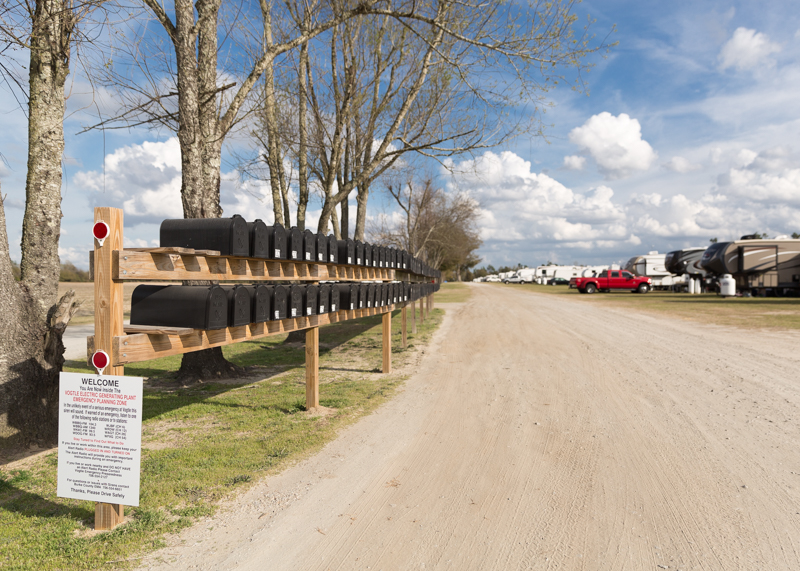Abbey Hepner is an artist and educator investigating the human relationship with landscape and technology. Her work explores ethical gray areas where humanity and industry collide, illuminating the increasingly common use of health as a currency. She received degrees in Art and Psychology from the University of Utah and her MFA from the University of New Mexico. She teaches at the University of Colorado, Colorado Springs. Recent exhibitions include work in the Mt. Rokko International Photography Festival (Kobe, Japan), Galleries of Contemporary Art (Colorado Springs, CO), and the Newspace Center For Photography (Portland, OR). She has presented at numerous conferences including the 2015 International Symposium on Electronic Art (ISEA) in Vancouver, Canada, and the 2016 Society for Photographic Education (SPE) conference in Las Vegas, Nevada. She lives in San Diego, California and Colorado Springs, Colorado.

House With A View

Waynesboro Resident 1

Plant Vogtle Construction
The first nuclear energy reactors to be approved and constructed in the U.S. in over 30 years are currently being built at Plant Vogtle in Waynesboro, Georgia, alongside two existing reactors. The United States had not built new nuclear energy plants since the partial meltdown at Three Mile Island in 1979. Interested in the city of Waynesboro and Plant Vogtle, I set out to discover what components existed to make it the site of the nuclear renaissance.

Inside Plant Vogtle

Temporary Plant Worker City
Speckled throughout Waynesboro are thousands of RVs inhabited by Plant Vogtle workers that come from across the country with short-term jobs such as welding and running power lines from the new cooling towers. The city has struggled with high poverty and cancer rates but the plant expansion has made it a modern-day boomtown that renders the city temporarily prosperous. While some residents embrace the plant, others have fought against it since the first two reactors were built in the 1980’s and they witnessed health and economic declines after the construction. Recently, a community of activists has risen up to distribute iodide tablets to nearby residents. The medication is to be taken in case of an emergency at the plant and will block absorption of radioactive iodine from being absorbed by the thyroid gland. Health, as these activists see it, is a currency that is being exchanged for temporary jobs.

Plant Vogtle Worker 1
Waynesboro is one of many cities grappling with these issues, as the nuclear renaissance continues to spread across the southeast and nuclear energy is revitalized as a solution in the climate change battle. The final photo in this series was a serendipitous moment that I captured unbeknownst to the engineers in the control room simulator. Shot through a one-way mirror, I witnessed the moment after a safety test had failed on March 11th, 2015, the four-year anniversary of the Fukushima Daiichi nuclear plant disaster.

Plant Vogtle Worker 2

Temporary Plant Worker City 2

“God Made Nuclear Power And God Will Protect Us”

Waynesboro Resident 2

In Case Of An Emergency

Waynesboro Resident 3

Towers

Atoms Smashed Here

Failed Safety Test
To view more of Abbey’s work, please visit her website.